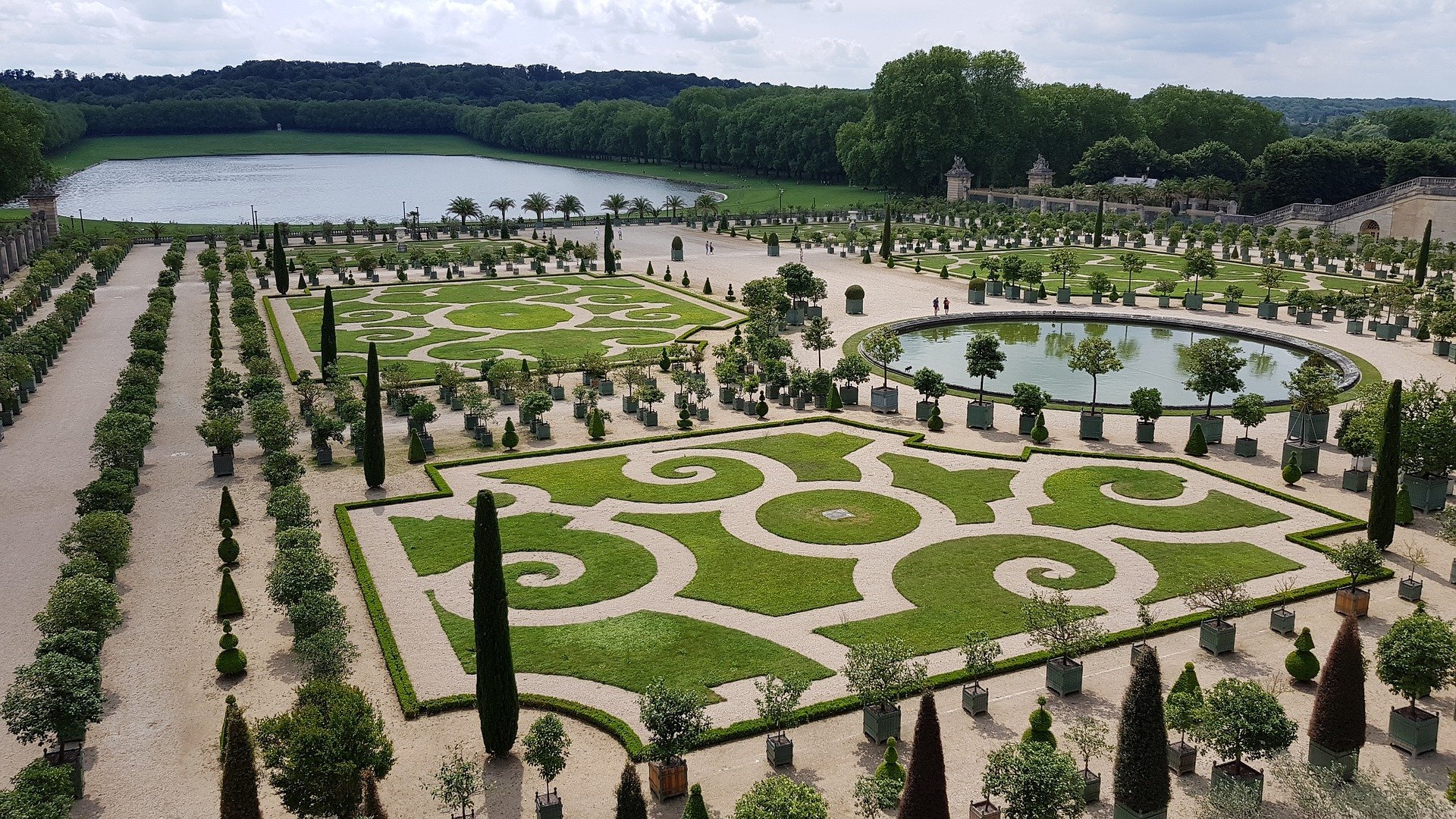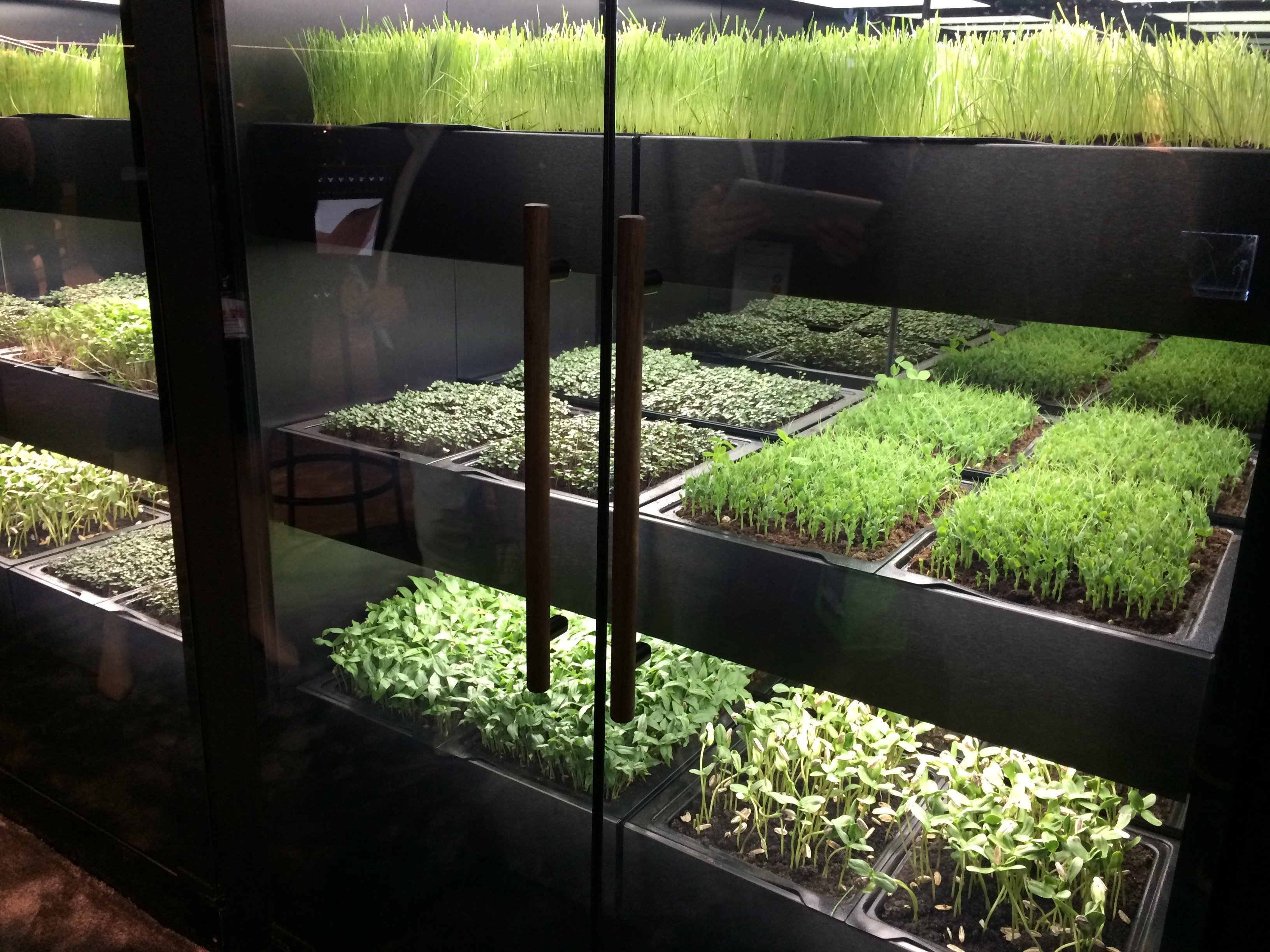Watering can, spade and lots of dirt on your hands. That's what you think of as a gardener. But nowadays gardening can also be done in pajamas from home or in a suit from the office, using plant sensors. We have summarized how this can work for you below, but first let's start with the origins of gardening. High-tech meets nature.
Gardening 100 years ago
In the interwar period there was a lively movement of allotment gardeners in Germany. Those who could no longer afford apartments in the city moved to the countryside and lived in their garden sheds. Ate what was grown in those allotments.
In the 1930s there was a lot of poverty and unemployment in the USA, which then began to grow their own vegetables. This reaction to the aftermath of the Great Depression developed into a home garden movement, or "Urban Homesteading". Many farmers in the US at that time suffered more from poverty than those who cultivated small kitchen gardens.
In the 1970s, “community gardening” emerged in New York. The residents of the poor districts resorted to self-help. They cleared backyards and vacant lots, planted gardens and grew their vegetables and fruit there.
Self-sufficiency gardening
Self-sufficiency is becoming a trend. However, gardening is not only possible outside of the city, but also on your balcony. With a few tricks you can have even more space.
Vertical Gardening: With climbing zucchini, pumpkin, cucumber, tomato and aubergine, for example, you can achieve a large yield in a small space, as the plants climb up.
Raised beds: With the help of raised beds, you can create more space for the plants and are even good for your back. You can plant all sorts of vegetables and herbs in raised beds and enjoy their yield.

The gardens of Louis XIV.
Louis XIV always wanted to own the most beautiful and pompous gardens and use them to present power and wealth. The Gardens of Versailles were created by the gardener André Le Nôtre to please the eye and the mind. He created a central visual axis, so you could see the size of the gardens from the palace. The central path seems as if the gardens are lost in infinity. Each avenue of the Gardens is part of a path that leads step by step to a revelation. The gardens include an orangery, many fountains, labyrinths, and a vegetable garden.

How can sensors help with gardening?
Technology is constantly advancing to save us a lot of time and work. Whether it's robot lawn mowers that mow the lawn by themselves or lawn sprinklers that start up independently when the ground is too dry. Here we present some spectacular methods of plant sensor technology that should make gardening easier for you.
Different sensors and their functions
Stress Sensors: An infrared camera captures the thermal radiation emitted and a hyperspectral camera records wavelengths that cannot be seen and distinguished by the human eye. Plants that are sick or stressed by lack of water and nutrients differ from healthy plants.
Moisture sensors: This plant sensor works like a thermometer, it just doesn't measure the temperature, but the moisture in the soil. This sensor can help to determine the optimal watering time.
Light sensors: The light sensor records the proportion of natural and artificial light rays, which is important for the growth of the plant.For photosynthesis, only the wavelength range of about 400-700 nanometers is important.
What is smart home?
Smart Home is a generic term for intelligent technical processes and applications in your home that are intended to make your life easier. Different devices can interact with each other and be centrally controlled remotely.
Connection of plant sensors and networking
The devices can interact with us and with each other via WLAN and Bluetooth. Some devices even use apps that guarantee easier handling.
What applications already exist?
Smart Grow from Bosch: At the IFA Berlin 2018 there were quite a few innovations in the field of plant sensors. Bosch has presented a novelty that has it all. Exactly the right light spectrum, the optimal nutrients and fully automatic irrigation lead to ideal growth conditions with the "Smart Grow". You don't have to worry about anything with this device. From sowing, this fantastic device does everything by itself. Unfortunately, it's not available for purchase yet, but pre-orders will start soon.

Photo: © Robert Bosch Hausgeräte GmbH
MicroGarden: The Micro Garden was a slightly larger innovative idea at the IFA Berlin. You sow your herbs and salads in a greenhouse similar to a refrigerator. In a closed system, your plants are watered, exposed to optimal temperatures and grow with perfect light conditions. You can then easily harvest your herbs that you need for cooking. In the MicroGarden you can sow parsley, radishes and beetroot, among other things. You can find everything else about the garden in your kitchen here.

How can you start small?
Before you get the high-tech version, which of course is also extremely expensive, you can start with smaller versions. For example with a sensor that you put in the plant pot. This determines data and sends it directly to your mobile phone.
Xiaomi Flower Care Smart Sensor: With the Xiaomi plant monitor you can monitor your plants directly from your mobile phone. With the Flowers Care app you get real-time information about the needs of the plants. The app has a database of 900 plant care methods and can identify 3000 plant species. The sensor monitors and analyzes soil moisture, fertilizer needs, temperature and light intensity. It is waterproof and has a battery life of up to 365 days. It is suitable for both indoors and outdoors.
Växt: Växt is a watering alarm system that consists of any number of parts for plant sensors. You place the main device in a clearly visible place and it communicates with the sensors that you put in the potting soil of a plant. If a plant is thirsty, the battery-operated gadget starts to blink slightly. Now you take the main device and hold it to the individual plant sensors in the flower pots.
Växt symbolically shows how much water the plant needs or if it is too wet. The system gets to know your plants and gets used to their needs more and more. You don't even need an app for this gadget, so you can save your plants from certain death. This gadget is still under construction and will be available soon for sure.
What does the garden of the future look like?
The garden of the future isn't even such a mystery anymore. Researchers are experimenting with high-tech equipment and plant sensors to make things easier for people. However, research is not only carried out on technology.Whether faster growth, more beautiful and larger flowers, more yield or more intense taste
Research on plants is just as important to us as research on plant sensors. So the plants of the future could get by with less water, less light and fewer nutrients. Or, for example, every plant can be adapted directly to its location in the apartment without us having to pay attention to whether there is too little or too much light. Whatever the future holds for us, we hope it will be greener than ever and the field of plant sensing will continue to grow.

Are you interested in the topic of plant sensors and do you already want to do something for a greener future? Then have a look at our Shop.
.


















Leave a comment